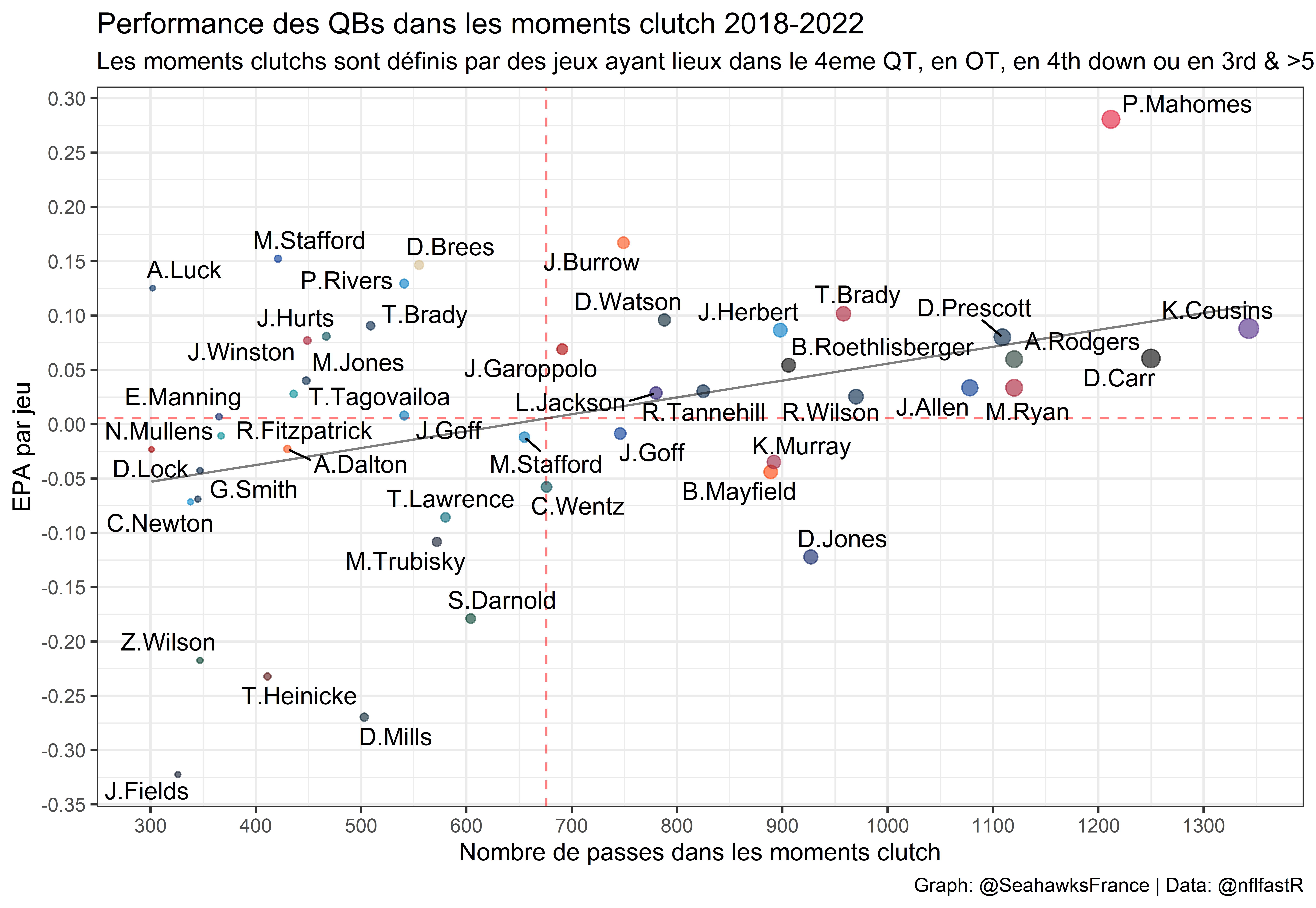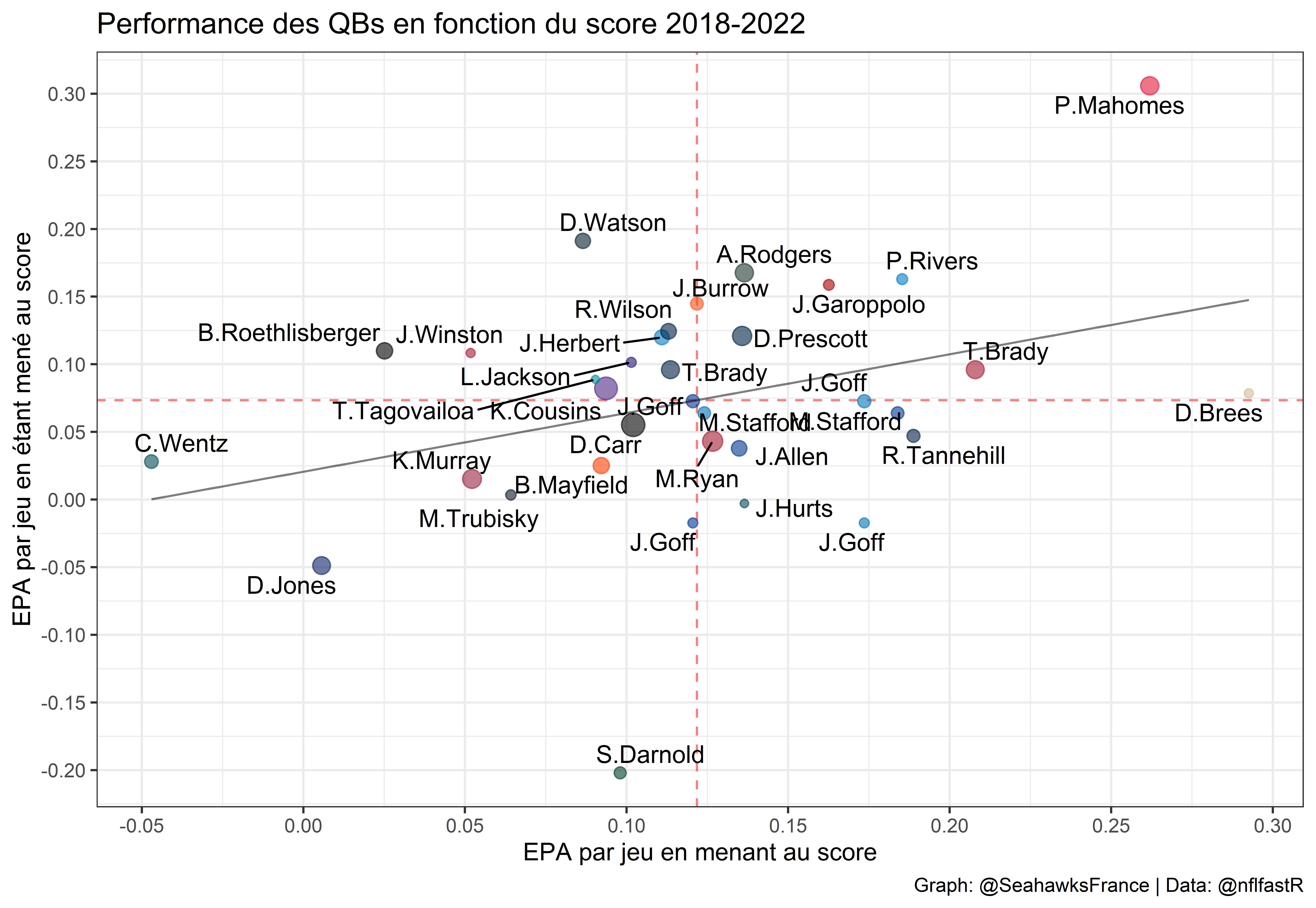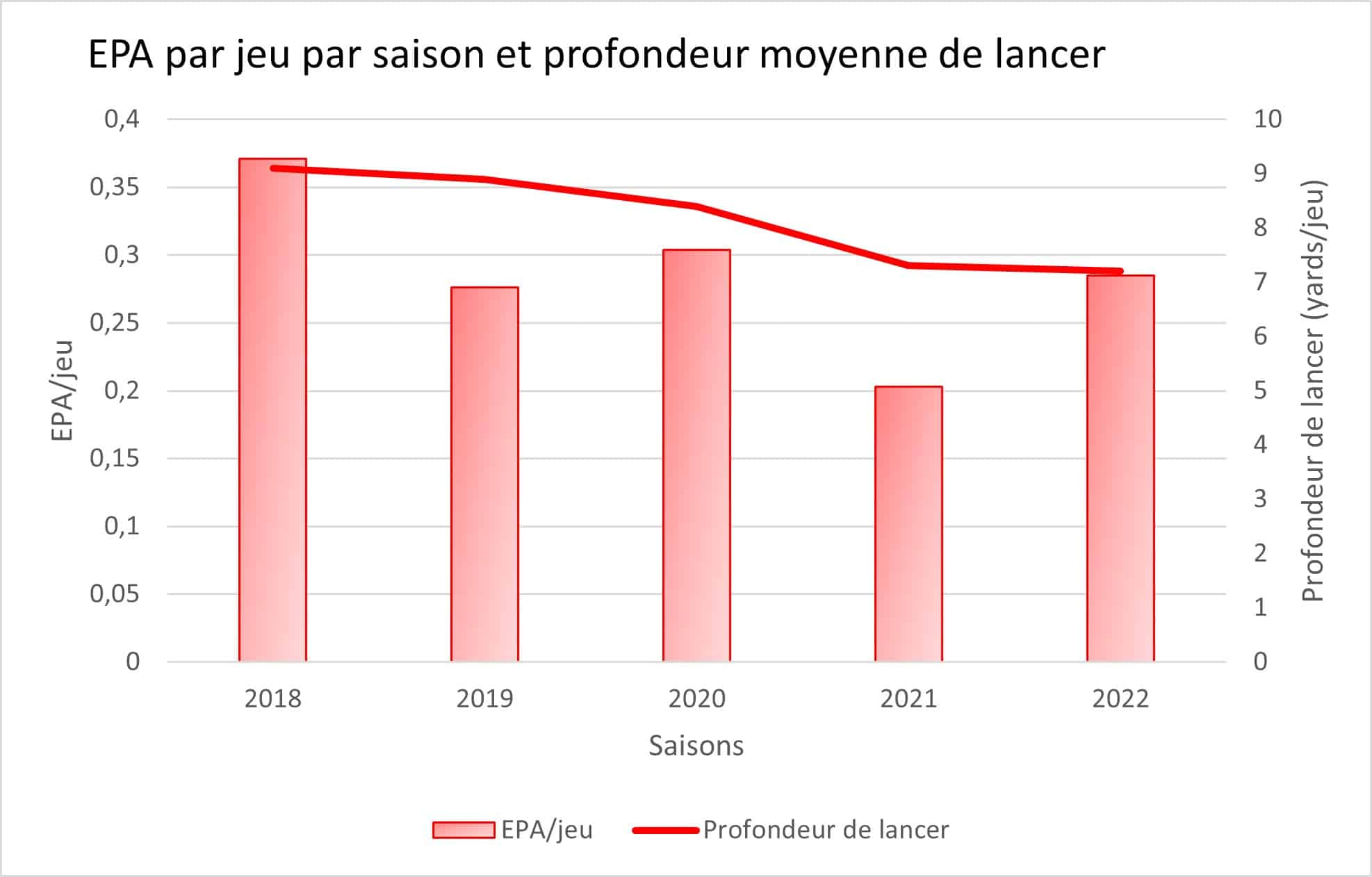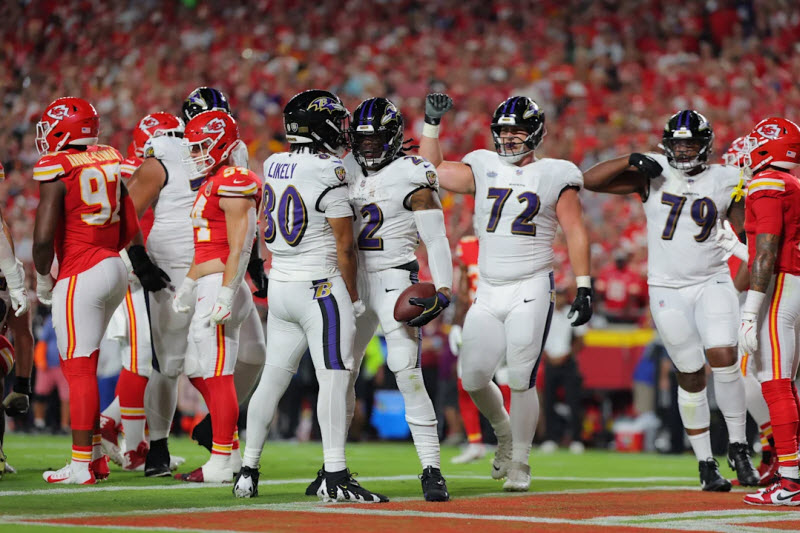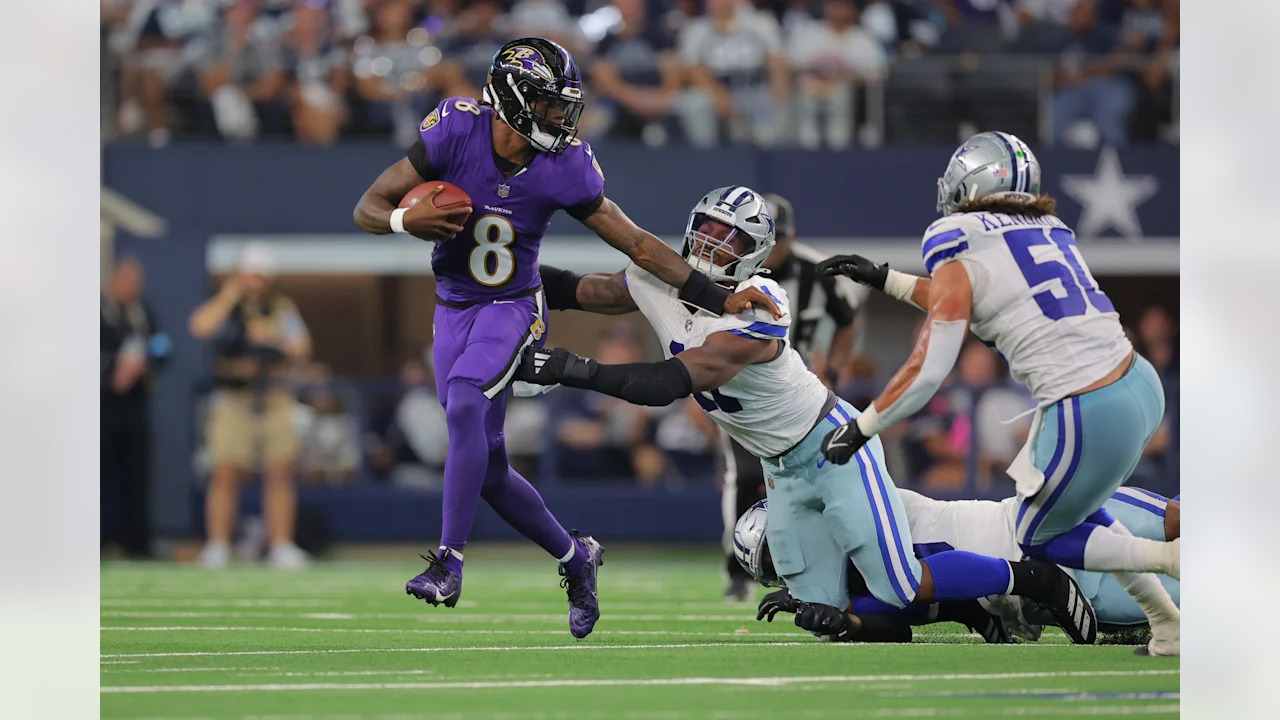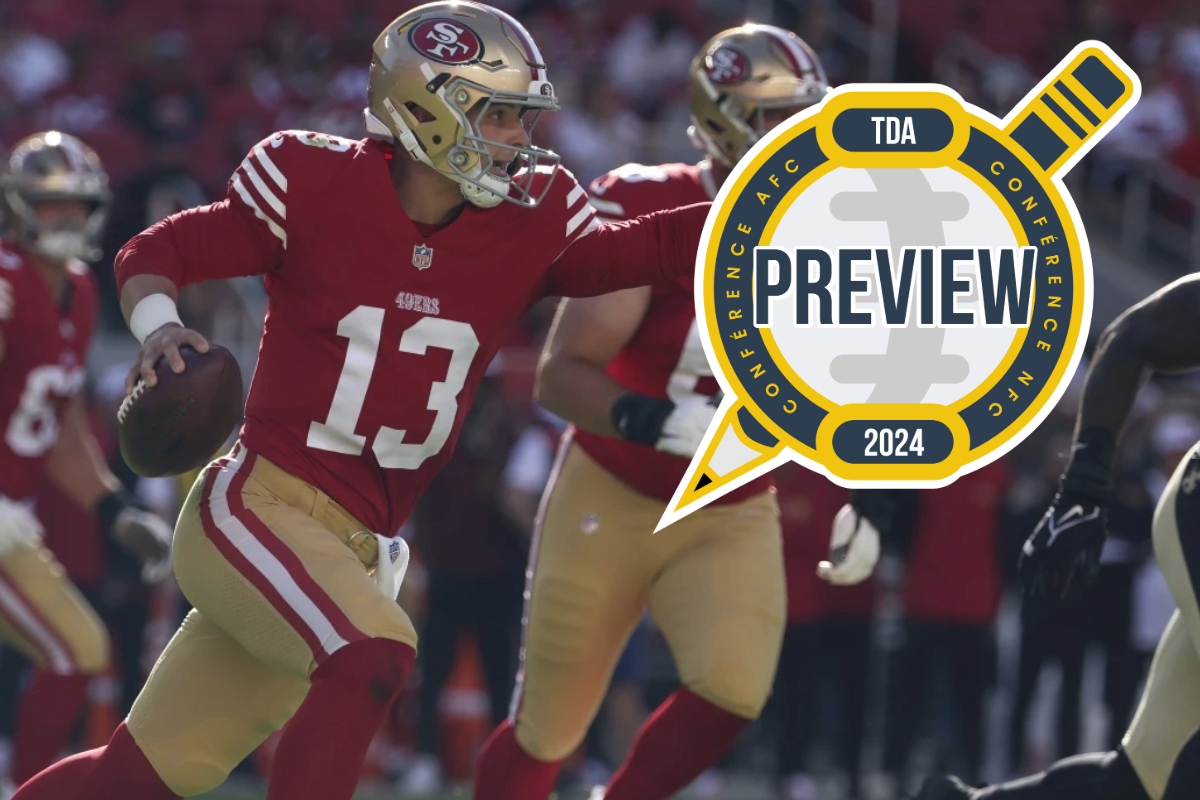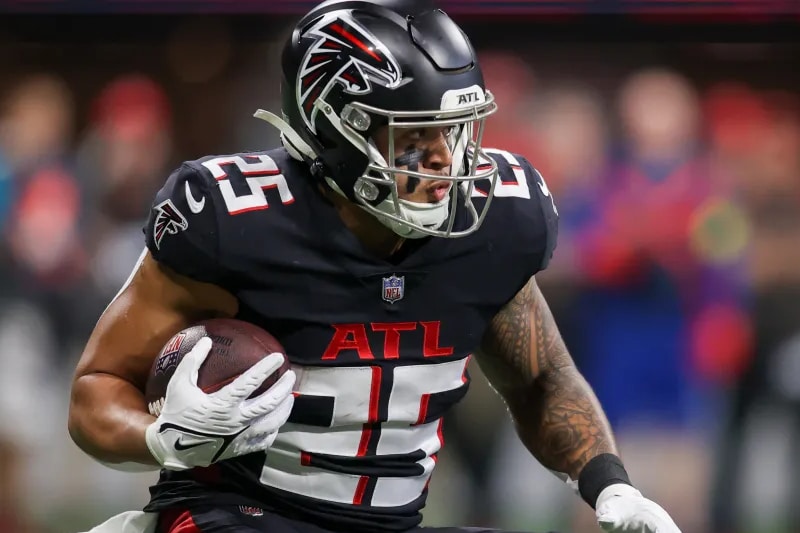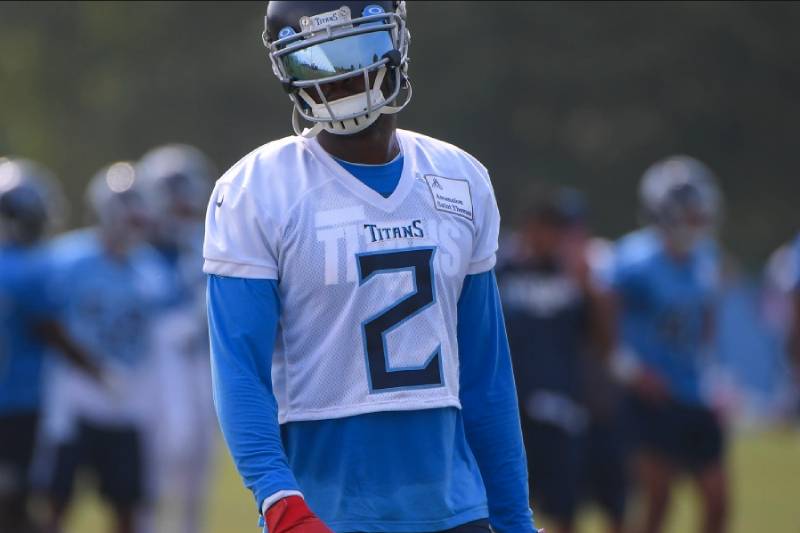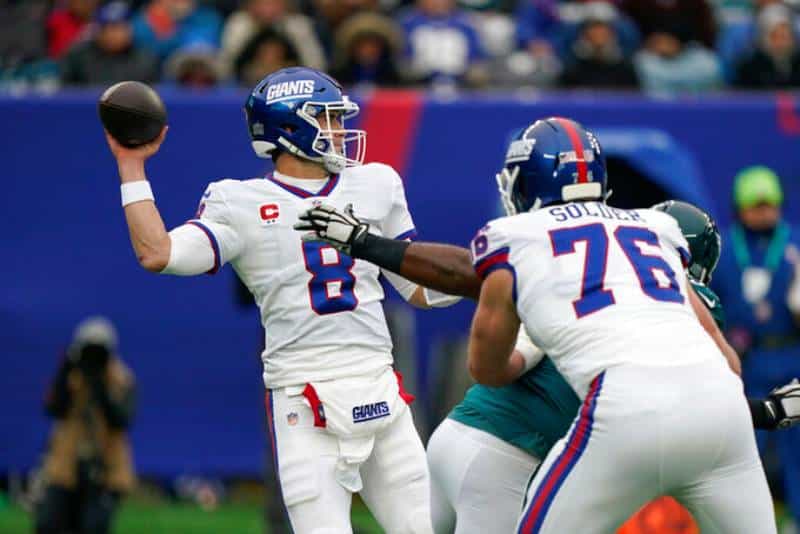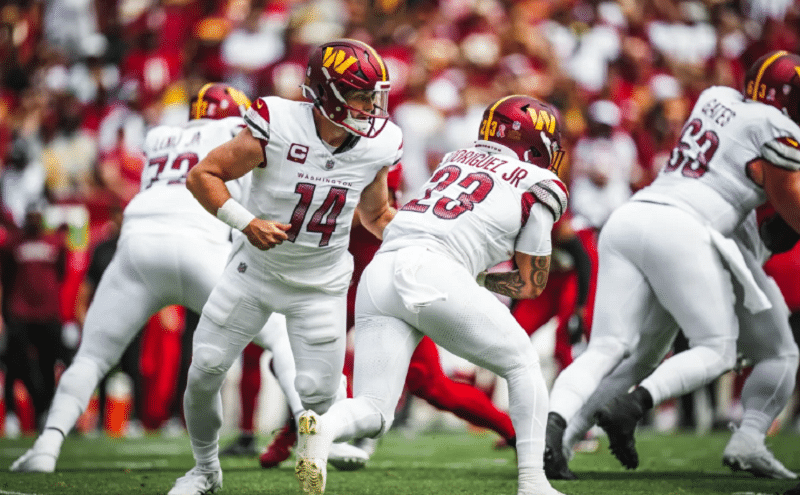
In 2018, the Patrick Mahomes tsunami took the entire league by surprise. Established after a year on the bench to learn behind veteran Alex Smith, he splashes his talent this edition with crazy statistics, 50 touchdowns and an MVP title.
His domination is no longer to be presented and a feeling of habit even points the tip of his nose. Sometimes even annoyance in the face of the machine highlights that he embodies. His spectacular side sometimes makes us forget the true nature of his talent: consistency in any situation.
Presentation in figures of the domination of the number one quarterback of the league. For neophytes of this series of articles, the EPAs (Expected Points Added or expected points) are discussed in detail in this previous article on advanced statistics.
Patrick Mahomes: unchallenged statistical domination
Since entering the league, four of his five seasons have been in the league’s top 10 performance. No other player has more than one in the last 5 seasons.
The number of EPAs generated has no equal over the 2018-2022 period. His early career is all the more impressive when compared to the big names of the last 20 years.
Note: Peyton Manning is not present on the graph because his first season took place in 1998. Season for which the EPAs were not calculated.
His precocious greatness no longer needs to be demonstrated. But then, what explains such domination? If Mahomes admitted without shame not knowing how to read a defense during his first year, it was by taming the randomness that the native of Texas made the difference.
Statistical stability
To explain this, we must go back to the semantics of statistics. One of the key elements when creating a stat in sport is its stability over time. It represents the predictive power of a datum.
As an example, let’s look at the stability of the usual statistics from year to year for a quarterback (Football Outsiders data). This data represents the correlation of a statistic from year to year:
Apart from the rookie/2nd season transition, a quarterback’s sack rate or completion rate is fairly stable over time. This can be explained by the fact that these are inherent characteristics of the game of each launcher.
On the other hand, the interception percentage is unstable because it depends on several external factors: badly thrown ball, but also, positioning of the defense, address of the defender on the ball… To overcome this, Pro Football Focus has introduced the Turnover Worthy Throw which identify throw by throw the balls that could have been intercepted. This statistic now makes it possible to better predict the total interception from one year to the next than the interception rate itself.
And the EPAs in all this?
A lot of advanced stats are also considered unstable for a quarterback. This is the case of EPAs in situations highly subject to randomness. Third attempts or plays under pressure are examples. Conversely, performances on the first two games or in a clean pocket are predictable values for each quarterback.
Any performance in these areas of instability over a season or a match is not a guarantee for the future. At least for the vast majority of quarterbacks. Because it is precisely in these situations that the talent of Patrick Mahomes can really express itself.
The constancy of inconstancy
Over the last 5 seasons, in addition to shining on the first two attempts (only surpassed by Drew Brees), his performances on third attempts are unrivalled:
This is also the case in the most clutch of each game:
It is the same when he is behind in the score:
Mahomes excels in consistency, where other quarterbacks fall victim to randomness. He knows almost no bad days. Of all the pitchers who have played more than 30 games over the last 5 years, he has the best rate of good games (EPA>0) with 89%. Tom Brady and Aaron Rodgers combine “only” 74% over the same period!
The calm and the storm
To sum it up to his mastery of chaos would be almost reductive. Since his arrival in the league the defenses have adapted to his explosive style of play. By using more than Cover-2 with two safeties, the defensive coordinators wanted to contain his explosiveness as much as possible by limiting his ability to push the ball deep from any position.
In response to this Andy Reid adapted his system. He looked for the short areas as much as possible, thus causing a drop in the aggressiveness of Mahomes. Averaging 9.1 yards deep per throw when he entered the league, the Chiefs quarterback is now at 7.2 yards. After a small setback in 2021, he seems to have taken the measure of his new system last season:
Despite this new aspect of his game, his strengths are not diminished. Between 2021 and 2022, he was still second in the league in EPA on stocks where he was under pressure. THE ” gunslinger of the early years is giving way to a methodical quarterback capable of combining a sense of improvisation and quick thinking.
Conclusion
Dominating from his first tenure, the Chiefs quarterback has constantly controlled the moments over which others have no control. Under pressure, on third down or playing from the back, Mahomes is never as good as when randomness is unleashed.
But he is mutating more and more into a thoughtful passer, able to simply take what the defense gives him. It is perhaps this last element that is most worrying for the rest of the league. The worst is yet to come.





